Mawon Ciel is a Solo Show by Lucas Erin
When Lucas Erin proposed this title for his show, he conjured up a number of things in succession, an imaginary color, the promise of a someplace else where everything has to be built, a level of alert, and a sign indicating a detour that ought to be followed only as a last resort, making your tires screech as you leave the highway and send fate packing. Already ideas and images are accumulating, layer upon layer, on an apparently lightweight signifier with a playful sound.
The same goes for the works featured in this show, which right from the start presents a cold setting with clear sharp lines. Erin’s pieces stand out for their formal concision that works, not by collage and accumulation (of forms, gestures, multiple references), but by synthesis, substitution, even sublimation. In these relatively spare surroundings, in the midst of works that are tight-lipped, the opposite of chatty, you might say they are displayed like surfaces that call out for projection, that they could absorb narratives and emotions when in contact with viewers. We should note, too, that the works often offer up a response – as in the expression “stimulus-response” when, say, touching a nerve – that takes the form of a reflection, an image feedback, a return to sender. A signal indicating that contact has been established.
By uttering “MAWON CIEL,” Erin is referring to the linguistic tricks of Creole, that tongue that serves as a tool of resistance to assimilation which Édouard Glissant speaks of, that language that likes to combine words, remove letters, claim to be speaking nonsense where the message is concealed or more complex than meets the ear. He is also talking to us first and foremost about marronage, maroonage, maroons in the original sense of the word of runaway slaves, those who escaped slavery in the Caribbean and the Americas. It was the art of fleeing that was long considered secondary before being recognized in postcolonial theories as central to the history of slavery in the United States. Consequently that shift led to a restauration of the political figure of the deserter together with enslaved peoples as agents of their own liberation.
Erin isn’t looking to illustrate this history, but it does prove inspiring for someone interested in the motif of disappearance as a possibility of seceding in terms of a “society of control,” or other systems of domination in the world today. As for the necessary violence for such an undertaking as emancipation, it is not completely absent from the atmosphere pervading the exhibition venue. Although visitors do encounter indications of tenderness, something like a rumor of the invincible hovers over the space. Moreover, the very alloy of the bronze pieces created by Erin used “collected,” “recovered,” “recycled” copper which points to the idea of marauding (a word whose roots go back to a French word for rogue or vagabond). Think of those slightly cartoonish feet that seem to show us the way over a path paved in broken mirrors.
It is understood that the marooning (in its earliest sense) acts as a metaphor, granting a certain critical weight to the installation and altering the experience of a space that is already known to some visitors. Vanishing lines (or lignes de fuite, literally “flight lines”) have been moved, hidden recesses created, zones concealed, others dramatized. It is troubling to find among the artist’s literary references to marooning a poetic linking of a certain space-time to a sensory approach to the act of fleeing1. Dénètem Touam Bona’s essay Fugitif où cours-tu ? (2016; translated as Fugitive, Where Are You Running?, 2022, John Wiley & Sons) stresses the creative dimension of the resistance in the flight of enslaved people. The author speaks of this physical involvement, “Marronage is above all an inventive rejoinder that includes attitudes, corporeal techniques, an entire system of in-corporated knowledge. The body is the first theater of operation, the first position to free, the first right to reestablish.”
That lends a particular meaning to the discreet, though repeated, invitations to involve your body when encountering Erin’s works and the choice that follows from that to join in, or not, the cadence of crabs seen approaching a drone in 6:24. It also reminds us that we had best place ourselves in front of the artworks and in the context in which they are displayed. It isn’t insignificant that these tactics for dodging are modeled in an associative art space during a biennial.
1-This is the theme running through Patrick Chamoiseau’s novelL’esclave vieil homme et le molosse(1997).
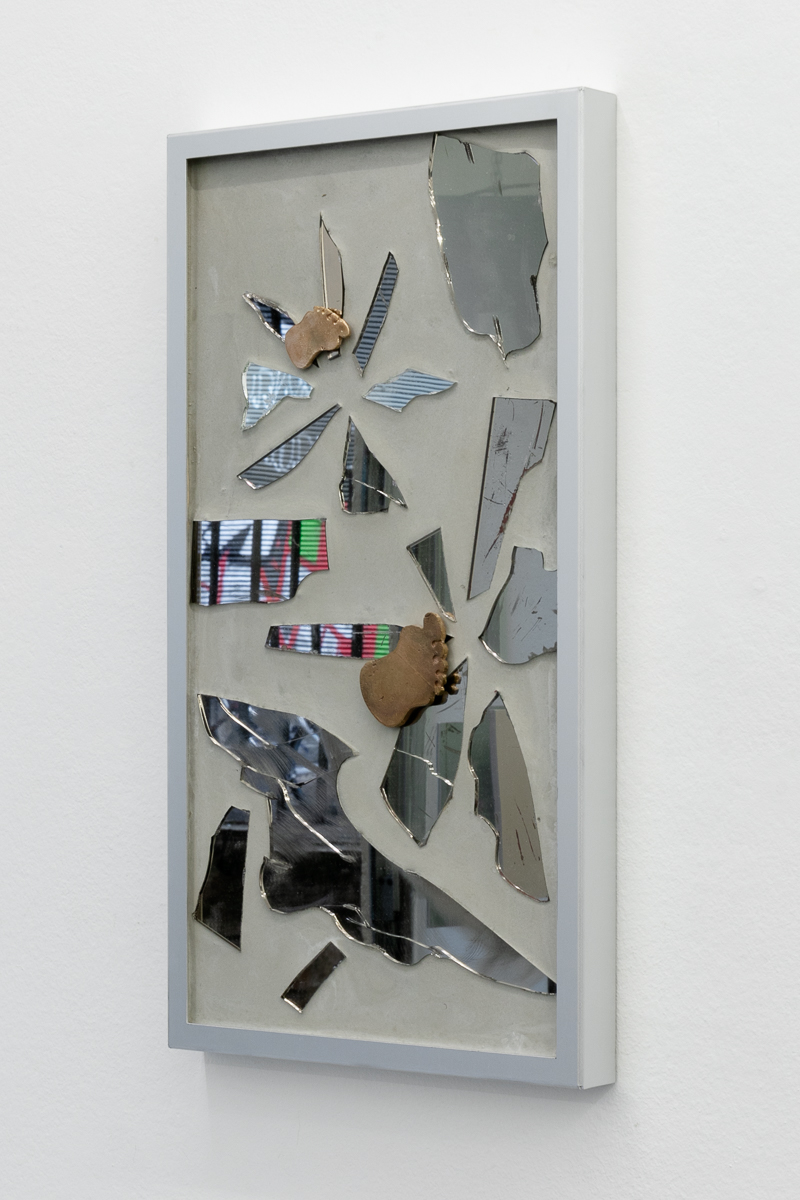
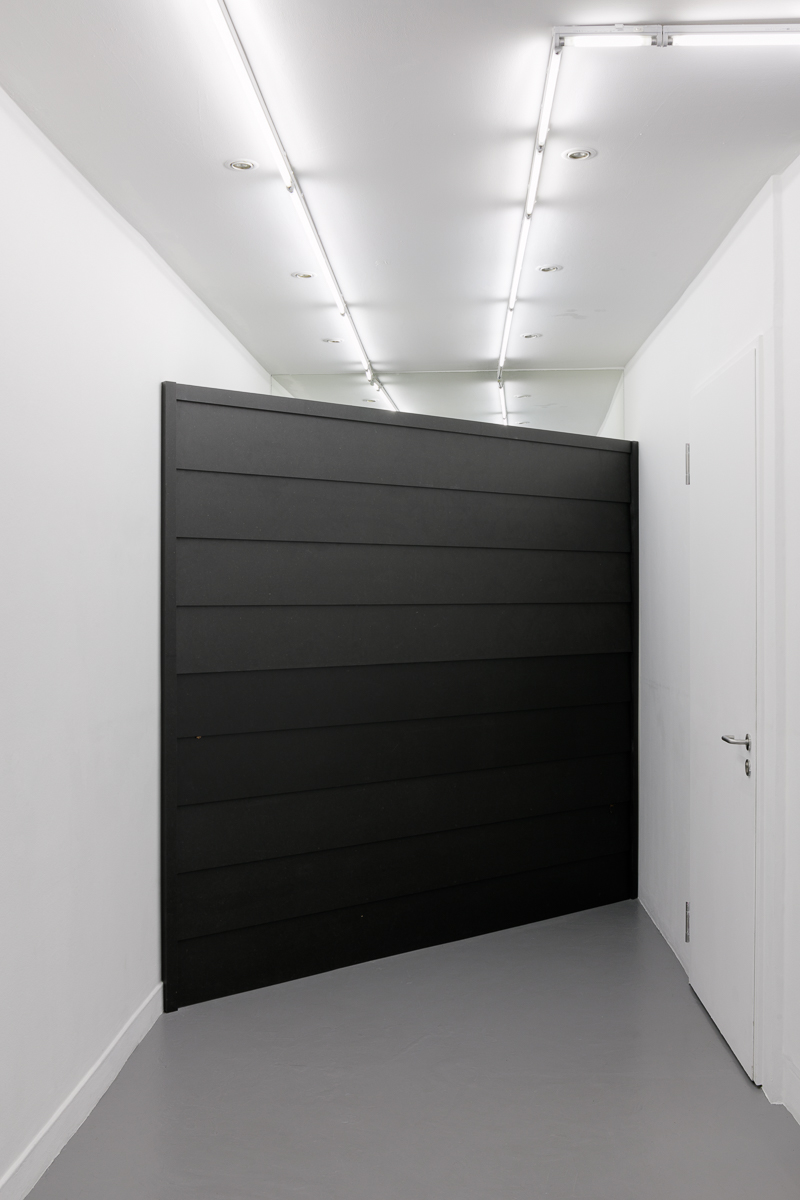
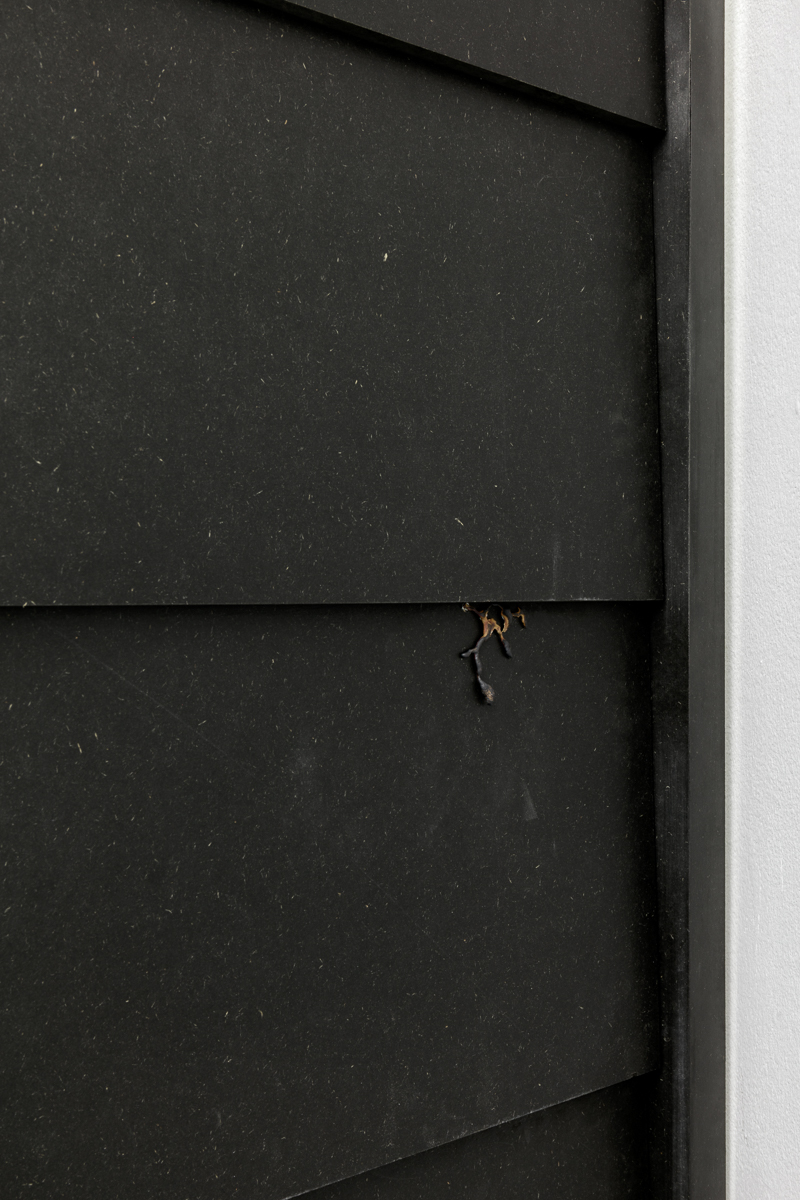
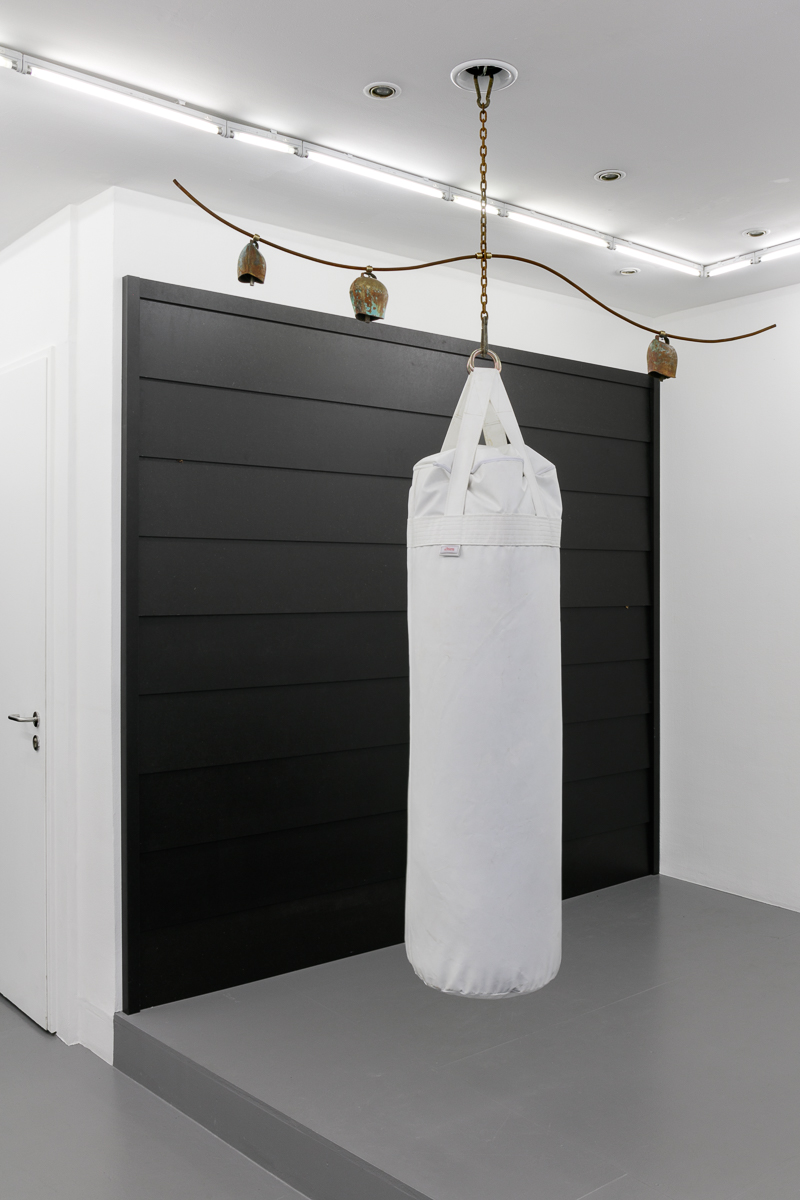
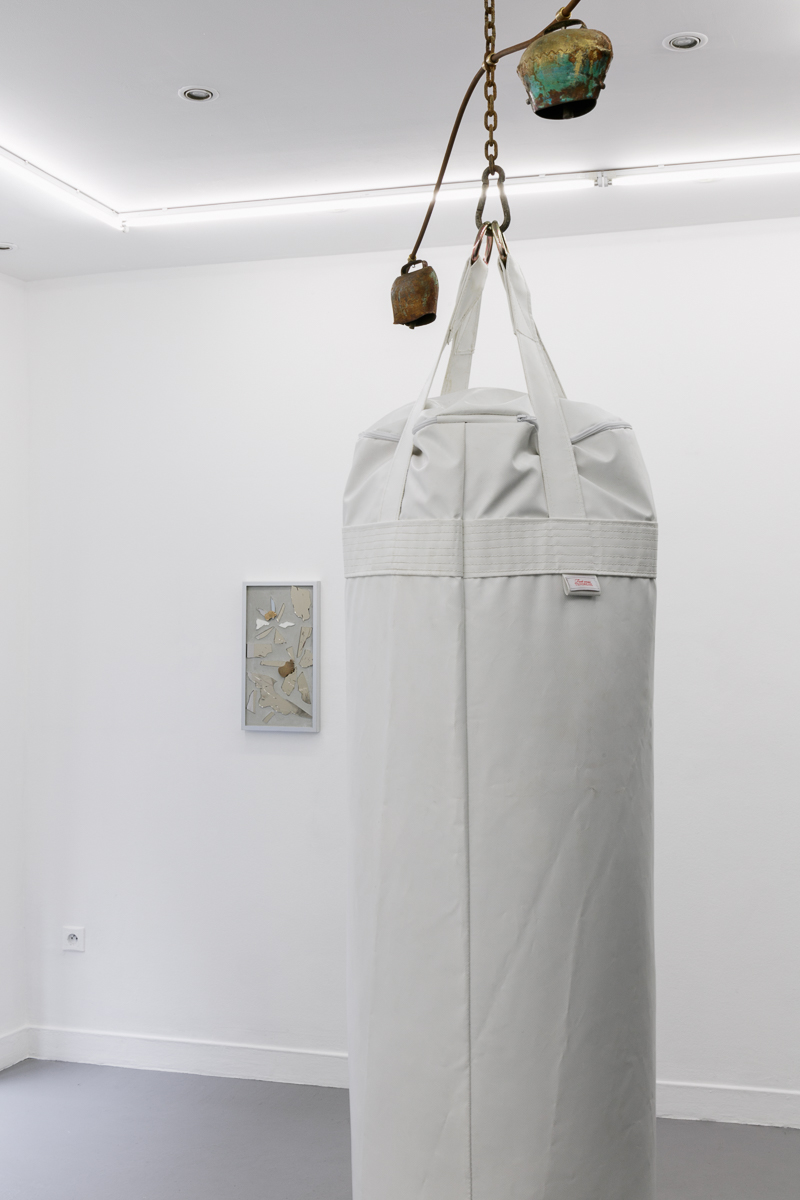
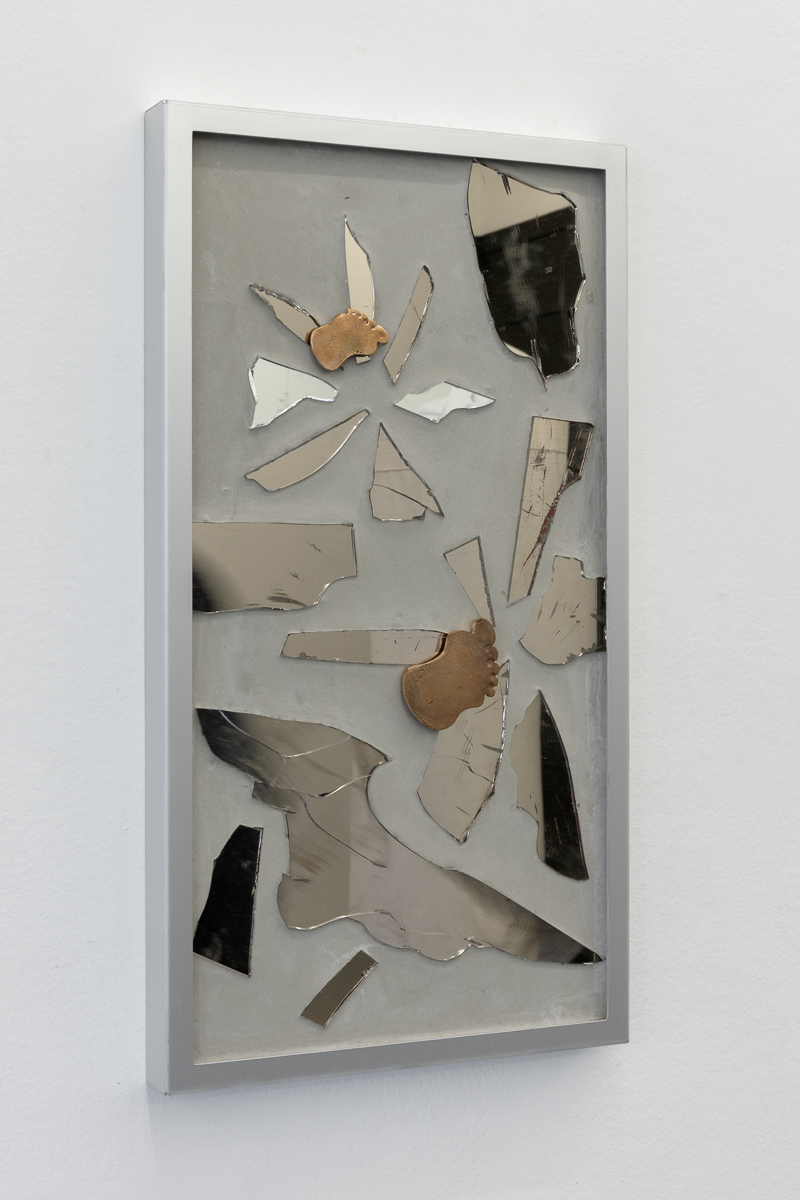
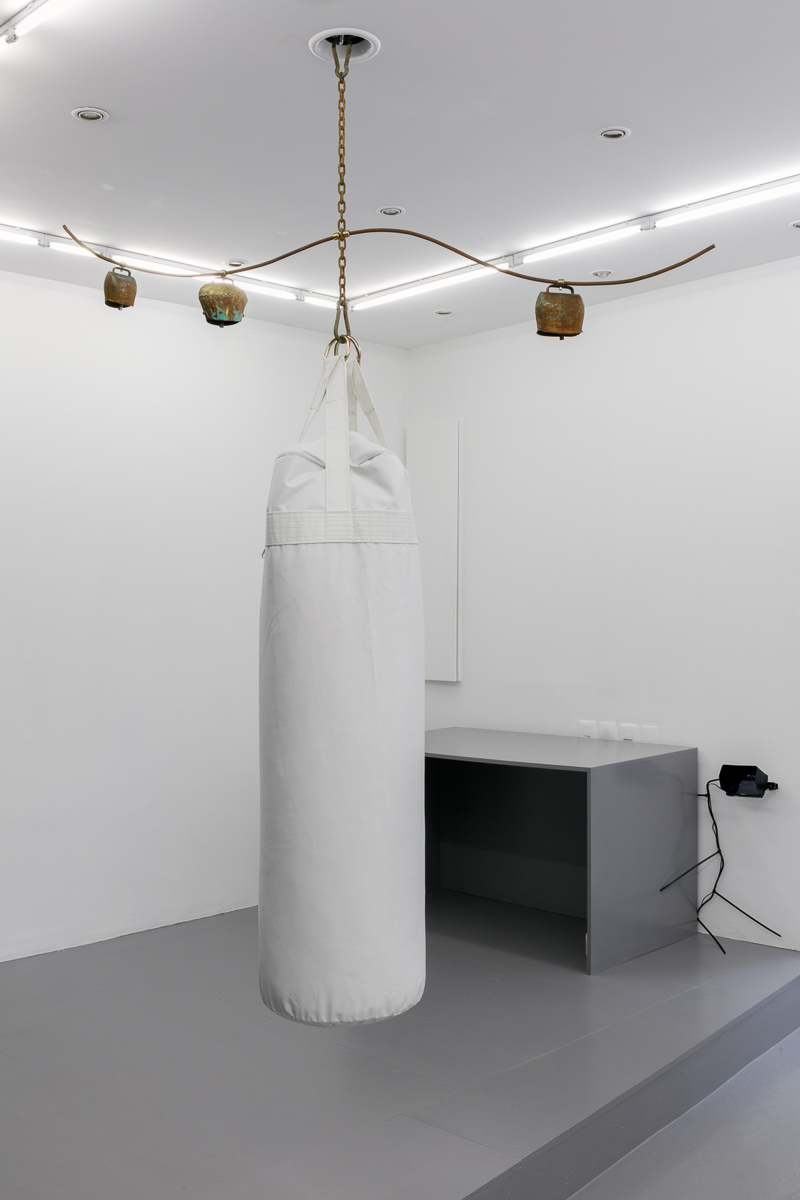
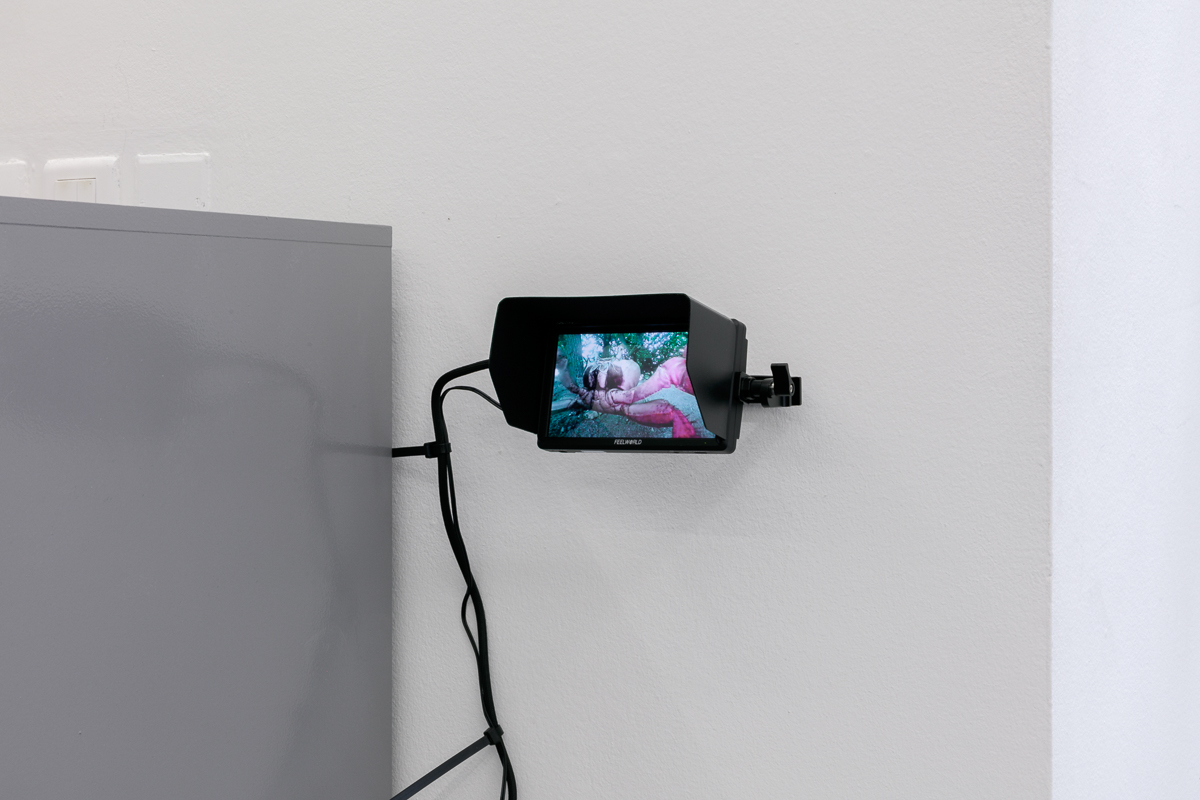
Credits
- During
- Lyon Contemporary Art Biennale
- Dates
- 18.09–09.11.2024
- Location
- La Salle de bains, Lyon
- Photo credits
- Jesús Alberto Benítez
- Project support
- Pro Helvetia, the Swiss Arts Council
- Salle de bains support
- the Ministry of Culture DRAC Auvergne-Rhône-Alpes, the Auvergne-Rhône-Alpes Region, and the City of Lyon
